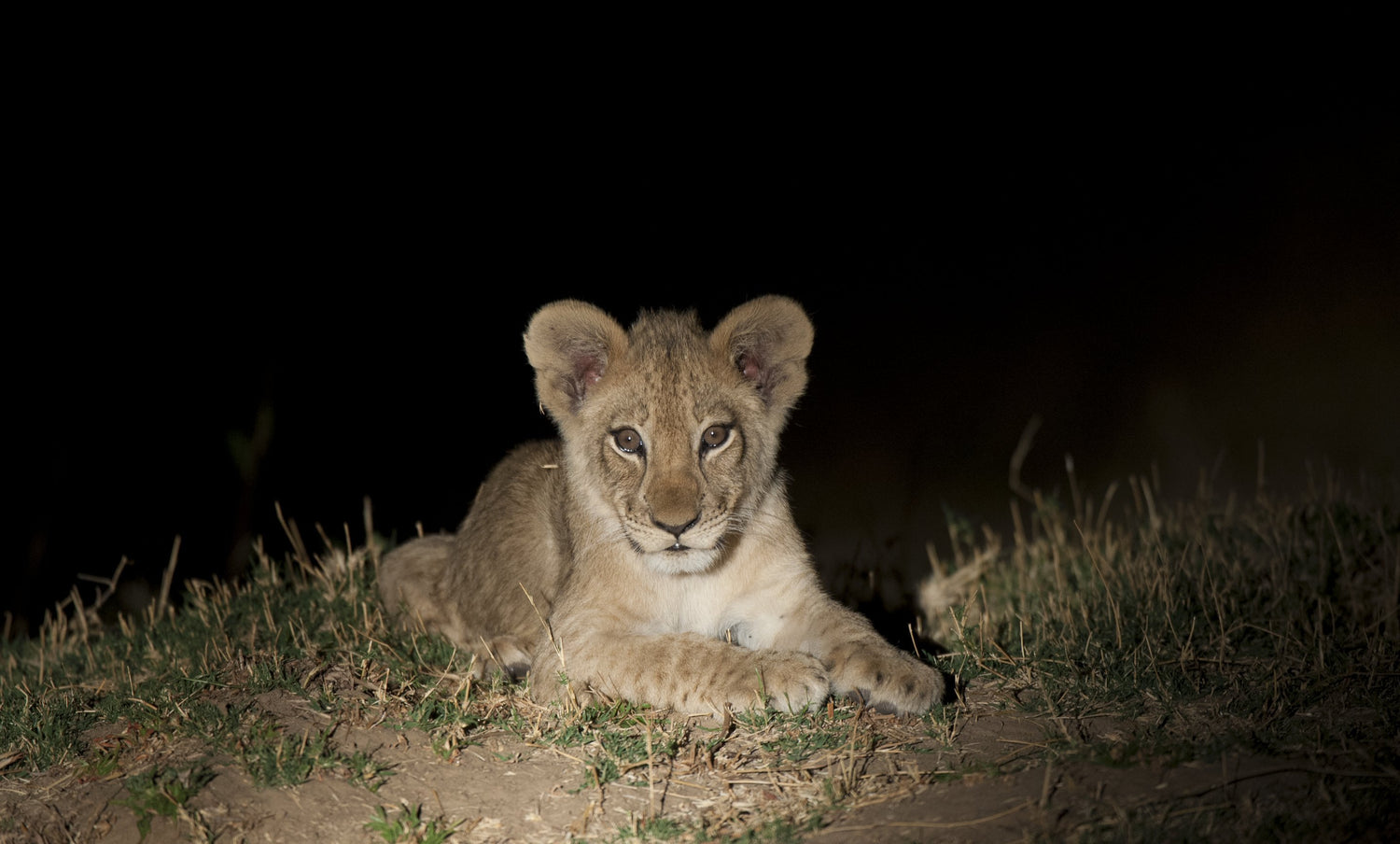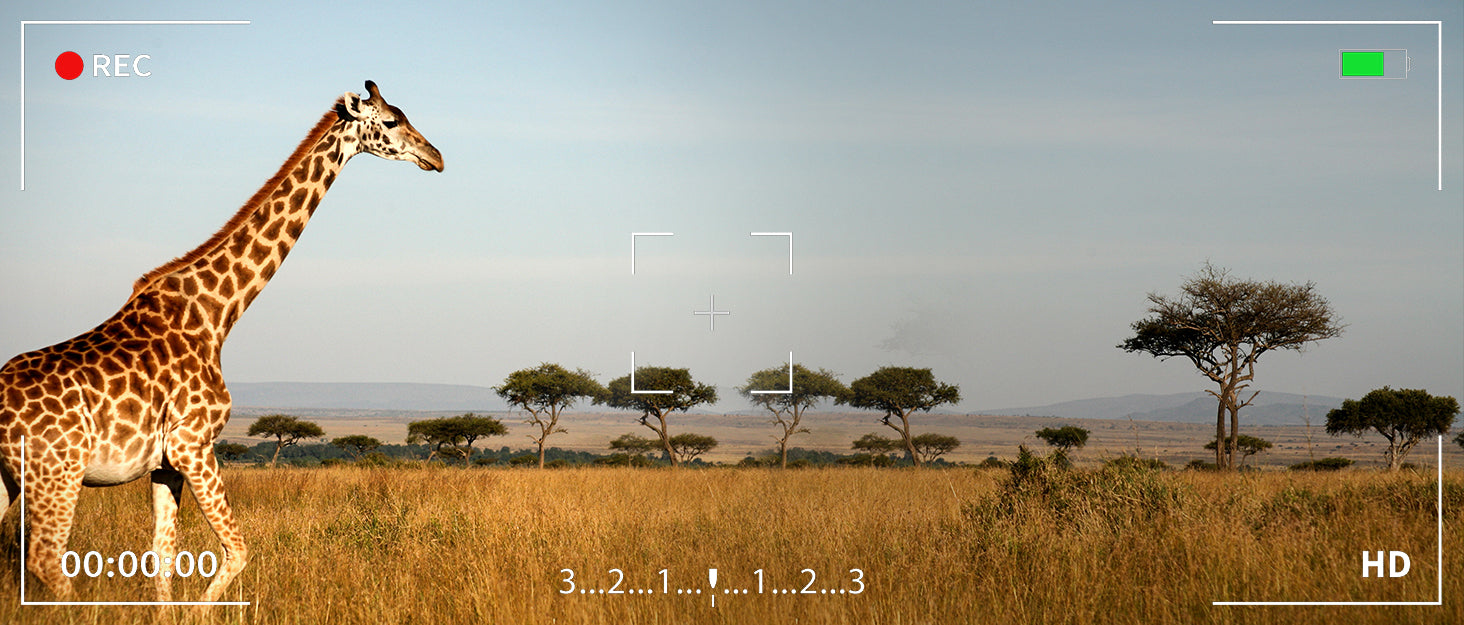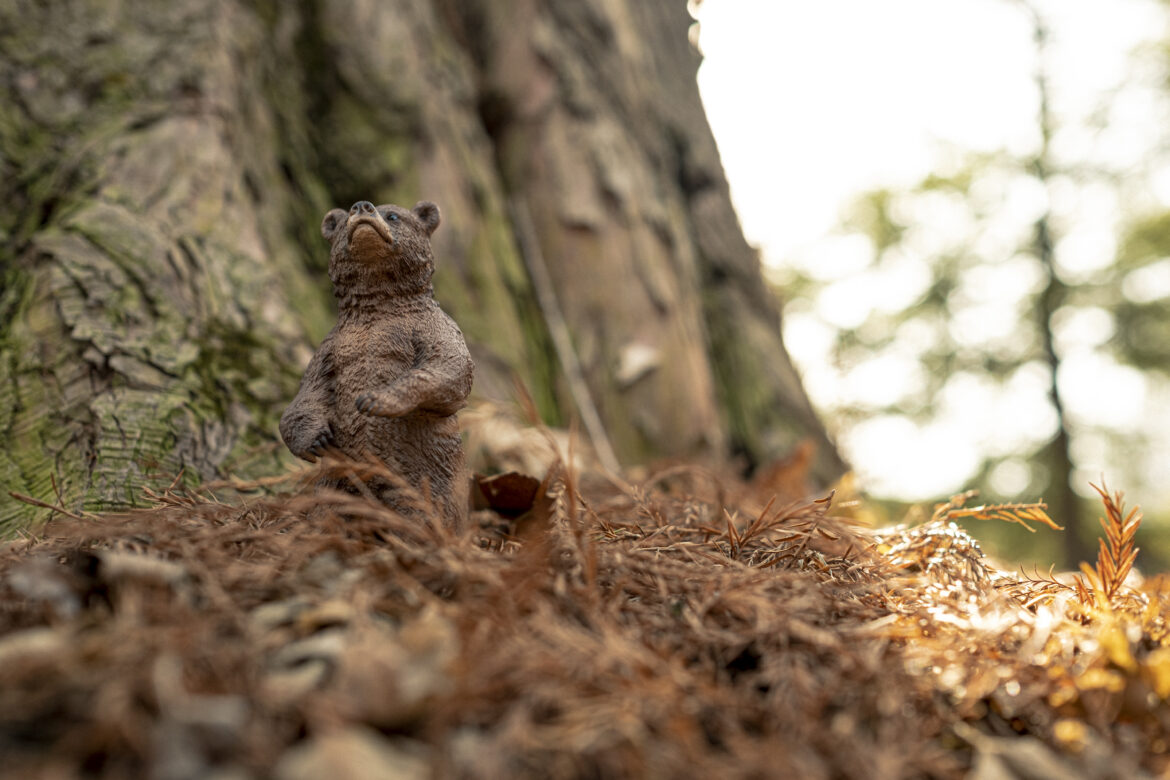What Is A Trail Camera
Trail camera is a special long-range digital camera that can capture the movement track of wild animals, and it is also called game camera and tracking camera. Hunting cameras are used in many situations, such as hunting activities, wildlife refuge monitoring and nature photography. The hunting camera can use the integrated flash or infrared night vision light to shoot and record the pictures of wild animals at night. Whether it is day or night, the hunting camera can take clear pictures and videos.
How Trail Cameras Work
Generally speaking, hunting cameras are set to be in a state of almost complete electronic sleep. When the motion sensor (mostly using PIR detectors) inside the camera detects motion, it will trigger the camera to perform a series of work actions. Some hunting cameras detect a certain light level and will turn on the flash accordingly. After the focus is determined, the shutter will also open. The image sensor will automatically take one or more pictures or videos, and store the pictures and videos to SD card or cloud storage. on, and finally the camera goes back to sleep.

The Main Function Of Trail Camera
Ability To Detect AnimalsCommon hunting cameras generally use PIR sensors to detect activities within the monitoring range. When an object moves within the monitoring range, its temperature is different from its background temperature, and a temperature change will occur. When the PIR detects the temperature change, it will start to trigger the camera to work. The faster the movement speed and the greater the temperature change rate, the greater the possibility of PIR triggering the camera to work, and the PIR response sensitivity depends on the brand and model of the hunting camera.
Trigger Time
Trigger time refers to the time elapsed when the camera first detects object motion and takes a picture of the moving object. Trigger time is a very important factor for capturing accurate and clear pictures or videos. Compared with static images, the trigger time when recording videos may take longer. One thing to note is that when the trigger time of the hunting camera is too fast, it may cause misleading triggers, because the camera's sensor will also respond to strong winds, tree branch swings, etc.
Picture And Video Quality
The most important factor affecting the picture and video quality captured by a hunting camera is the resolution of the image sensor. Resolution is measured in megapixels (MP), the number of pixels recorded in a digital image. Generally speaking, the larger the pixels, the better the image quality may be, but images with high pixels will occupy more memory space.
Recovery Time
Recovery time is how quickly the camera finishes storing the last photo and is ready to take the second photo. The recovery time of the camera in picture mode or video mode is different, and the recovery time in picture mode is generally shorter than that in video mode.
Generally speaking, the shorter the recovery time of a hunting camera, the more photos and details can be recorded.
Flash Type
In order to take clearer images or videos in the dark, the camera's flash type must play a role. A good flash can provide sufficient lighting conditions to capture clear and sharp images. Common hunting cameras generally use three types of flashes: white flash, red infrared and black infrared.
- White flashes are the most common in the market and are undergoing a transformation as technology evolves.
- Black Infrared: Also known as non-glow flash, the light emitted by it has low visibility and causes little disturbance to wildlife.
- Red infrared: emits a low-glow visible red light when working at night, producing black and white photos.
Battery Life
Battery life is how long the camera will continue to operate normally on a set of batteries under normal conditions. For hunting cameras that need to be used outdoors for a long time, the batteries used need to have good battery life.
Some Tips
- When using multiple tracking cameras at the same time, you need to name each tracking camera to ensure that you can accurately determine which camera is more effective when examining photos and videos taken on memory cards.
- When you are setting up the camera, you need to make sure that the angle and orientation of the camera is correct. Placing the camera facing dawn or dusk will help prevent overexposed photos.
- When the camera is installed, it is necessary to clear the occlusion around the camera to ensure that nothing will hinder the camera's observation field of view when the air flows.




Leave a comment
This site is protected by hCaptcha and the hCaptcha Privacy Policy and Terms of Service apply.